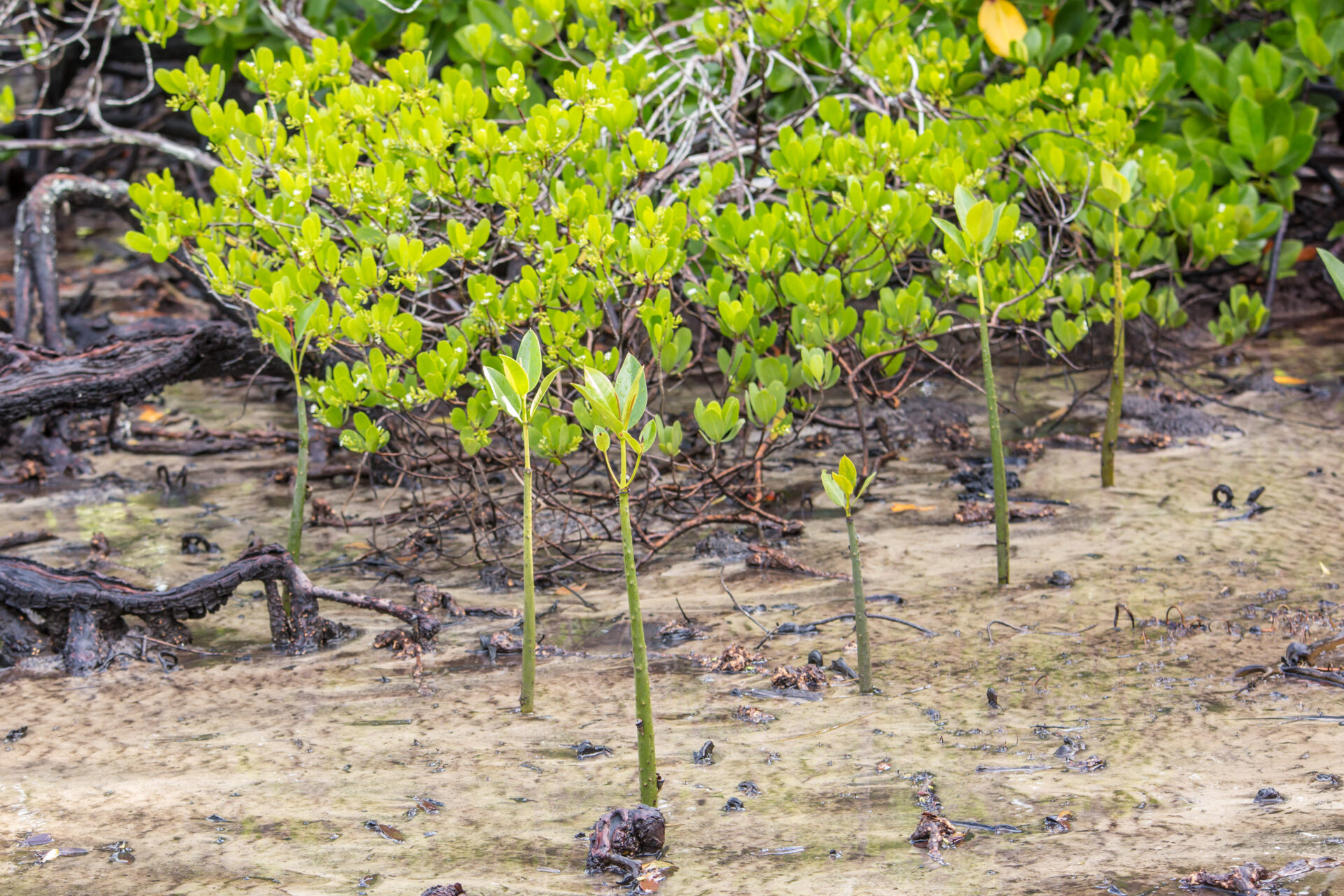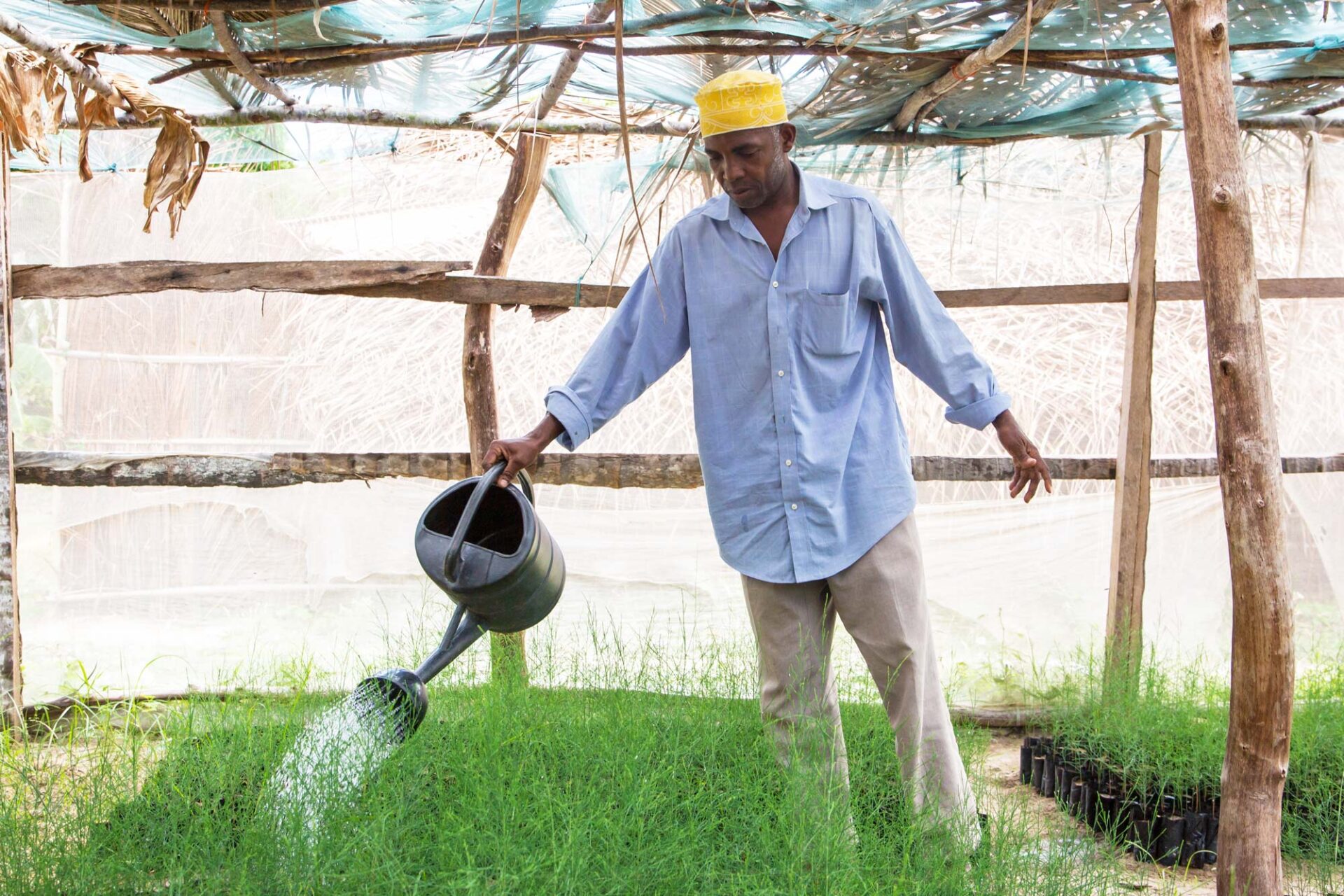Subscribe To Your Favourite Forests
Stories from the Wabanaki forest of the Maritimes, the Spice Forests of Zanzibar, and the mangrove forests of Mozambique.
Sign Me UpStories from the Wabanaki forest of the Maritimes, the Spice Forests of Zanzibar, and the mangrove forests of Mozambique.
Sign Me UpWe need to protect our healthy forests now for the immediate climate security they provide, but we also plant a diversity of trees to restore lost forests on degraded landscapes. According to the UN Environment Programme, restoring forests and mangroves, along with other natural solutions, can provide over one-third of the greenhouse gas mitigation needed by 2030 to combat the climate crisis.

We plant a wide diversity of trees in degraded landscapes to bring back the lost forests for future generations. Trees are important allies in the fight for a climate secure future, and although tree planting does not have an immediate climate impact within 10-15 years newly restored forests begin to draw a significant amount of carbon out of the atmosphere.
Learn More
In addition to restoring previously clear-cut lands, Community Forests works to increase the biodiversity and climate-resilience of the Wabanaki Forest through enrichment tree planting: a process of adding carefully selected tree seedlings within an existing forest.
Our Tree Planting Partners
The strong interlocking roots of mangrove forests hold soils in place against waves and flooding, but these critical ecosystems are threatened. We work with communities to grow and restore mangroves on Zanzibar’s fragile coast-lines.
Learn More
The coastal forest of Eastern Africa is rated highest worldwide for ecological diversity, and 40% of this forest type is found in the coastal regions of Tanzania. We work with local partners to establish community-owned and operated tree nurseries, growing and planting over 30 species of trees for restoration, food production and income generation.
Learn MoreNotifications